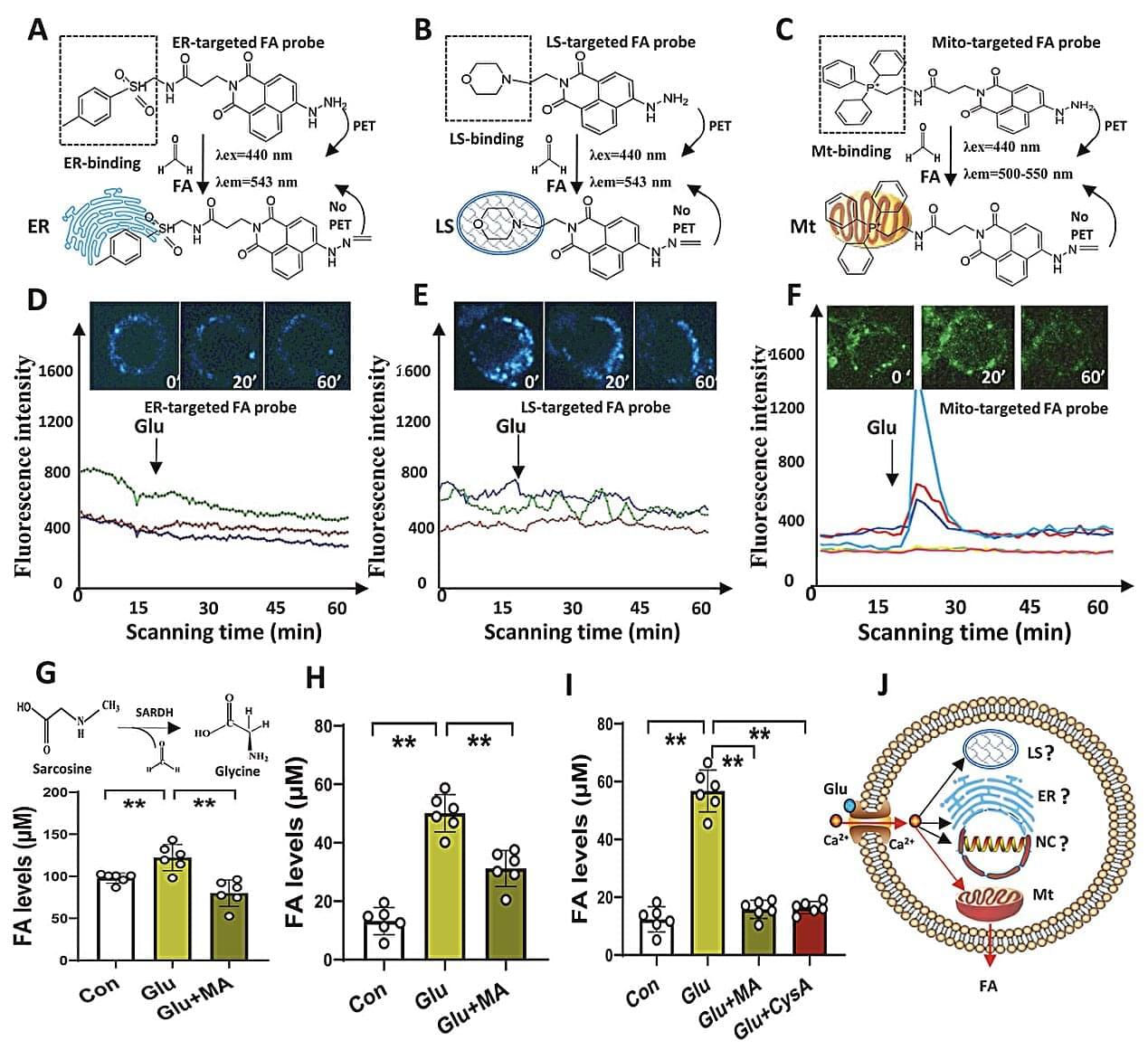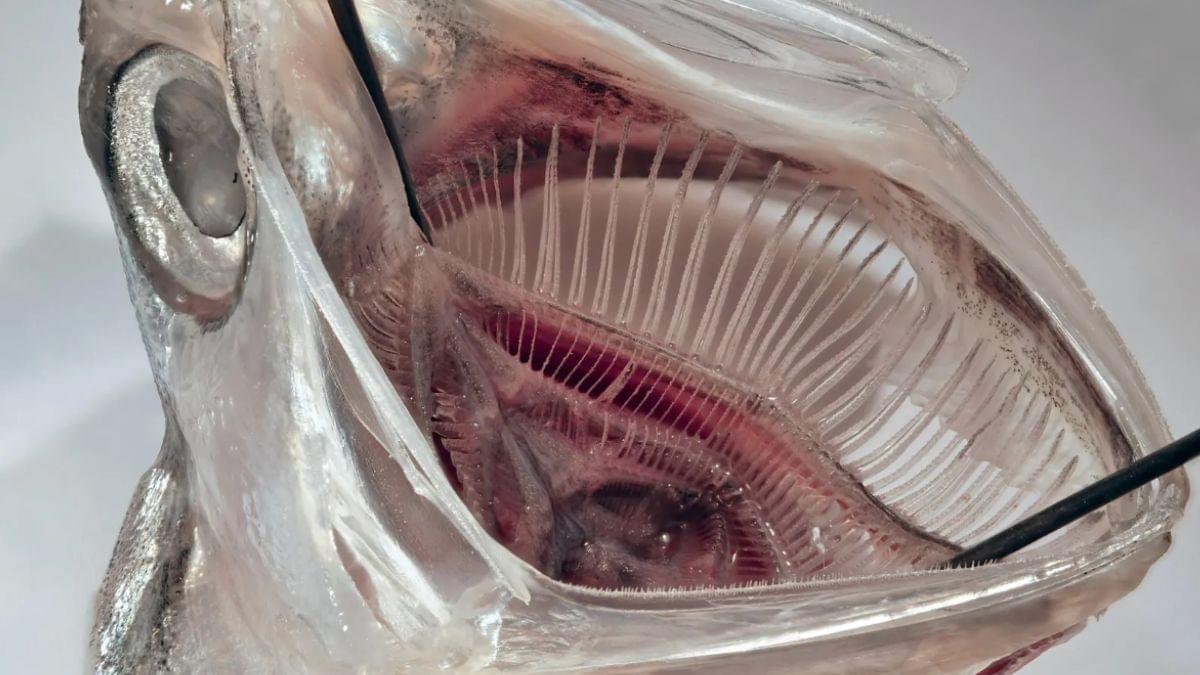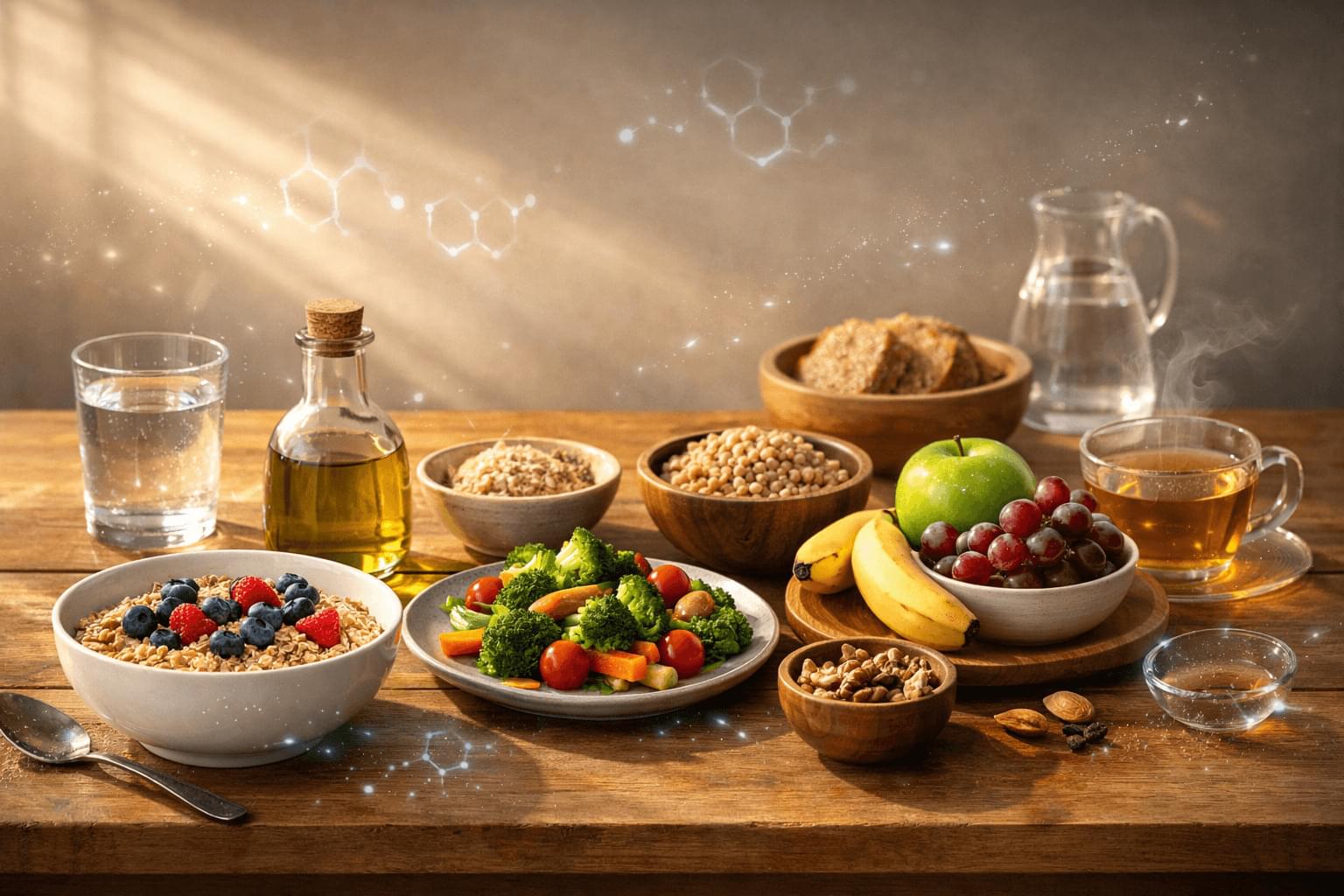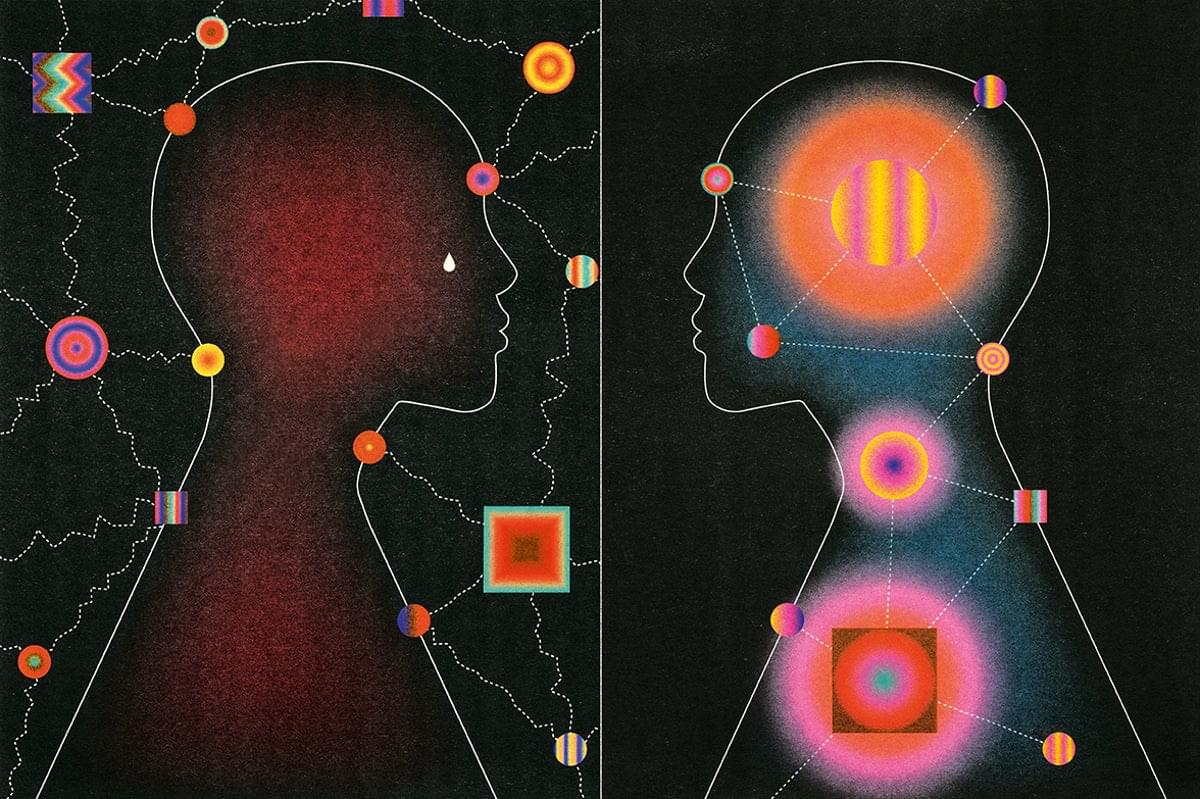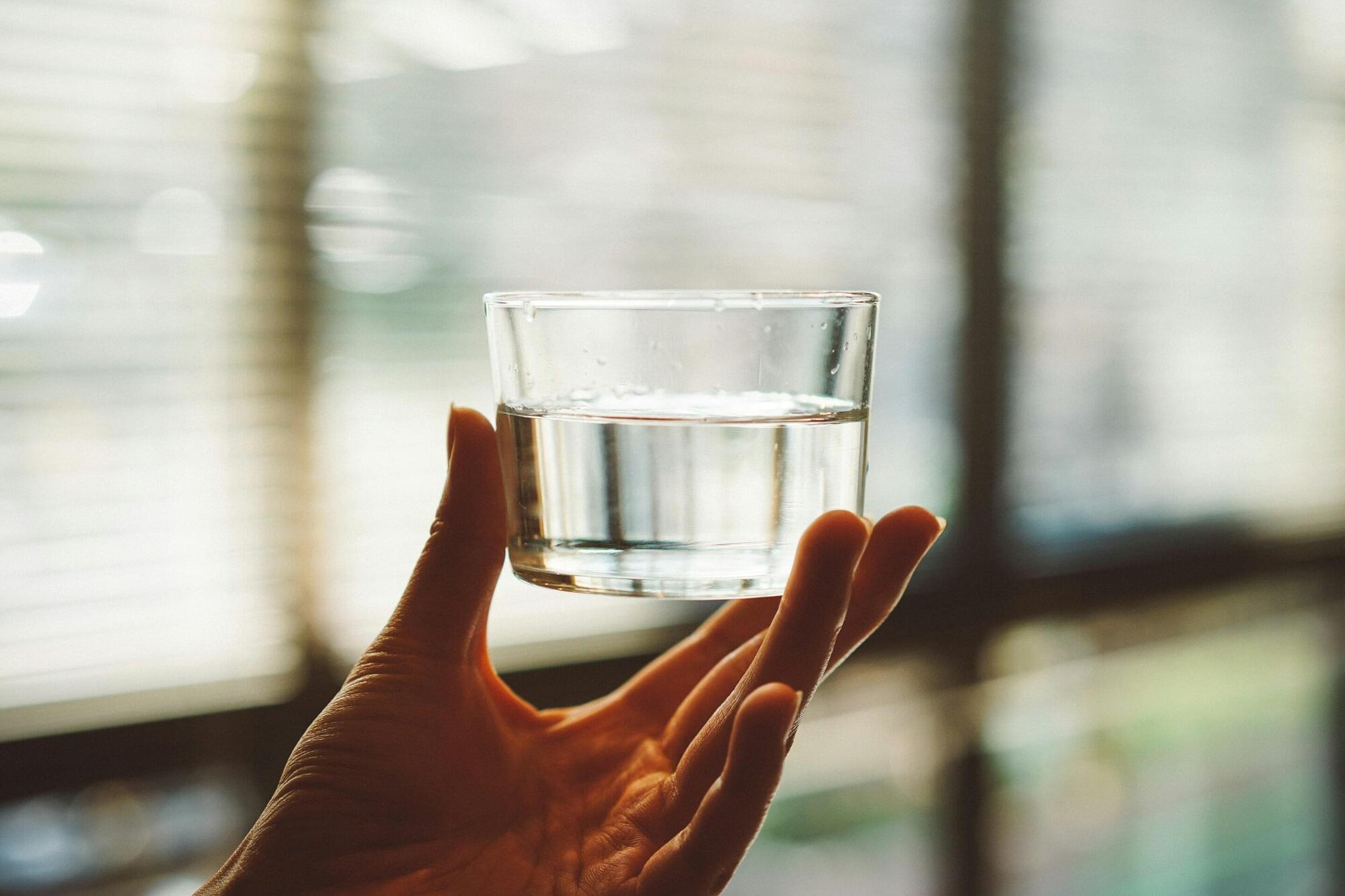Depression, one of the most prevalent mental health disorders worldwide, is characterized by persistent feelings of sadness, impaired daily functioning and a loss of interest in daily activities, often along with altered sleeping and eating patterns. Past research findings suggest that stress can play a key role in the emergence of depressive symptoms, yet the biological processes via which it might increase the risk of depression remain poorly understood.
Researchers at Wenzhou Medical University, Capital Medical University and other institutes in China recently carried out a study investigating the biological processes that could link stress to the onset of depression. Their results, published in Molecular Psychiatry, suggest that stress influences the levels of a chemical known as formaldehyde (FA) in specific parts of the brain, which could in turn disrupt their normal functioning, contributing to the emergence of depression.
